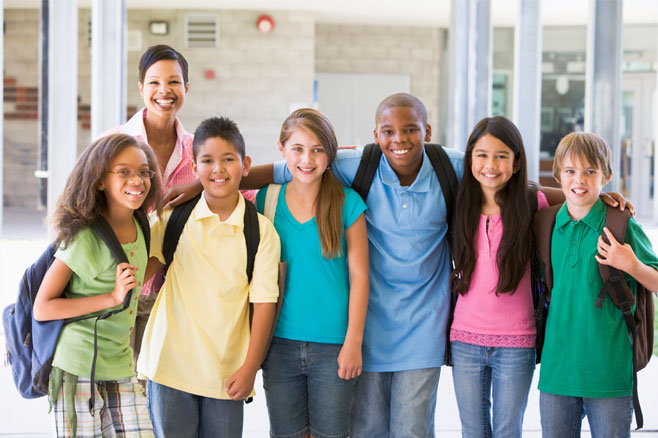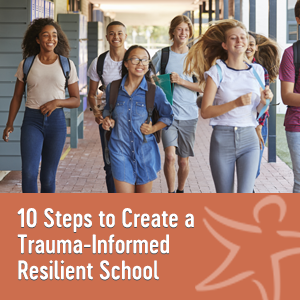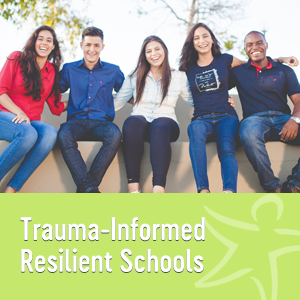Building relationships with students is the most important thing you can do as an educator. It can be the strongest factor in reducing incidents of anxiety, depression, suicide, substance abuse, and violence. Additionally, Starr has witnessed measured improvements in reading, writing, and office referrals in schools utilizing Starr’s 10 Steps. Regardless of race, ethnicity, or level of family income, a sense of belonging and community is universal!
This can be easily obtained through routine strategies that define a teacher student relationship.
- Ratio of 5:1 interactions – Notice a student 5 times when they are on task or behaving appropriately for every 1 time you notice them when they are not on task or are misbehaving.
- Time “in” and co-regulation – When a child is dysregulated, you offer them an opportunity to regain a sense of control in your presence. You sit with them, go for a walk with them, breathe, engage in a regulating activity.
- Check-in & check-out – Invite students to check-in and out with you at the start and end of each class period or school day so they can let you know if there is anything they need you to support.
- Clubs, youth groups, sports, classes and opportunities to be with other children.
- Phone calls home to parents & caregivers to share good news, updates on what happened during the school day.
- Buddy and peer-to-peer opportunities for both learning and play.
As students return to school, the feeling that there is at least one accessible and trusted adult for them in their building will improve their desire to come to school and lower anxiety while they are there. Conducting a “Connections Assessment” is a simple activity to ensure every student has a connection to one or more adults in your building. Circulate a document that identifies each student by name or photo to each adult in your building. Ask adults to indicate each student to whom they feel connected. Then, distinguish the students who have little to no connections from those who have many. For students in need, link them to at least two adults in your building who will make intentional bids to connect with them every day. These meaningful interactions do not have to take a lot of time but are powerful when repeated over time. Connections happen through non-verbal gestures such as smiles and waves or by saying hello and asking a question or two. The goal is for students to have at least one adult who notices them every day.
How to Build Relationships with Students
Not sure where to start building relationships with students? Download our simple “Fostering Connections & Who Am I?” worksheets for teachers and students to teach you more about themselves.
More related resources from Starr Commonwealth




